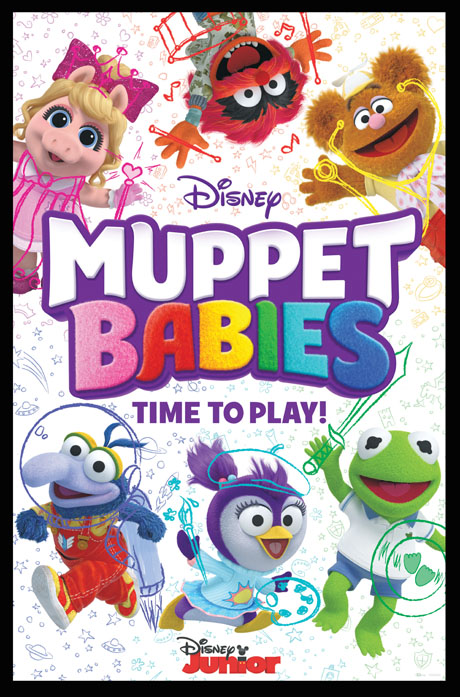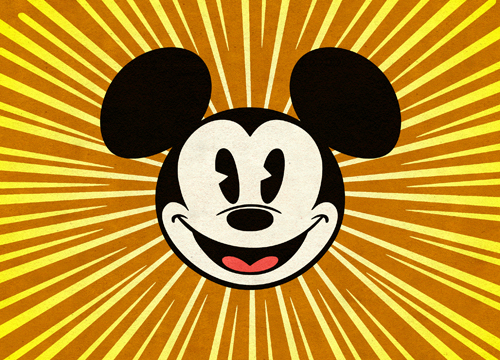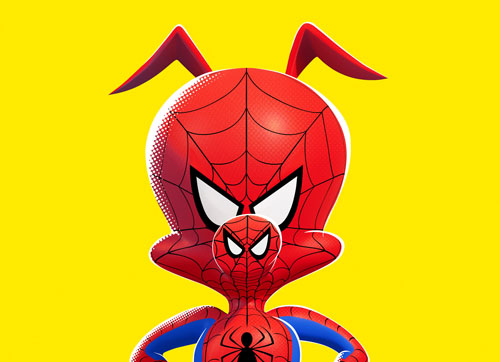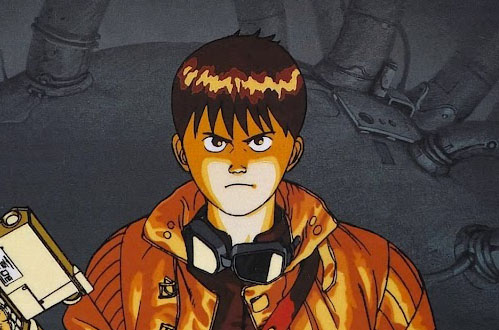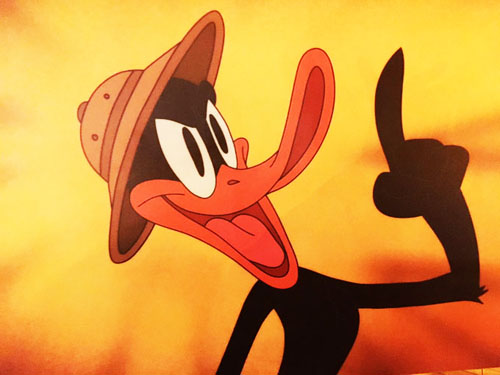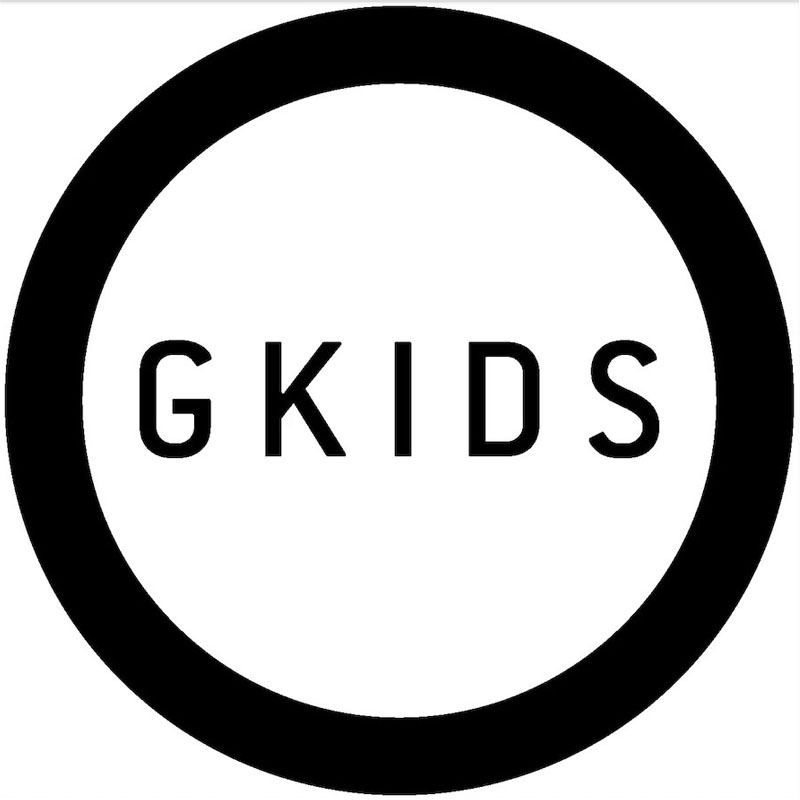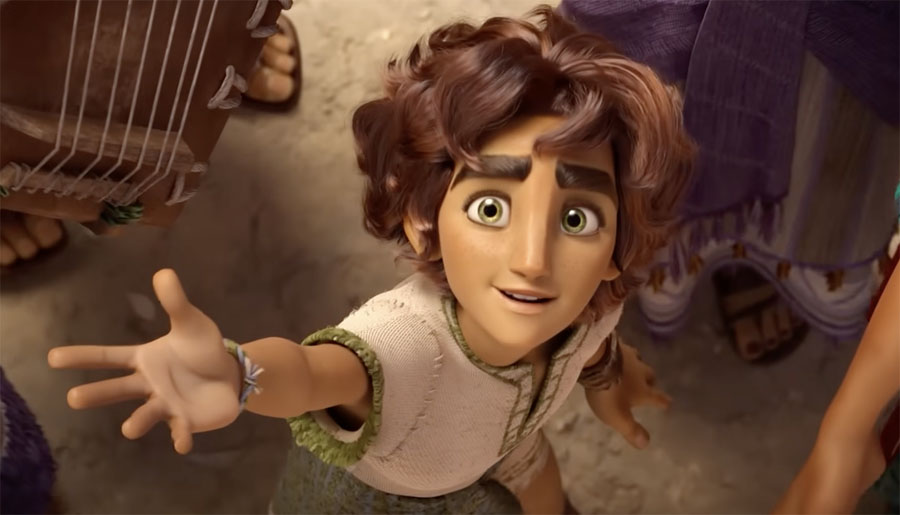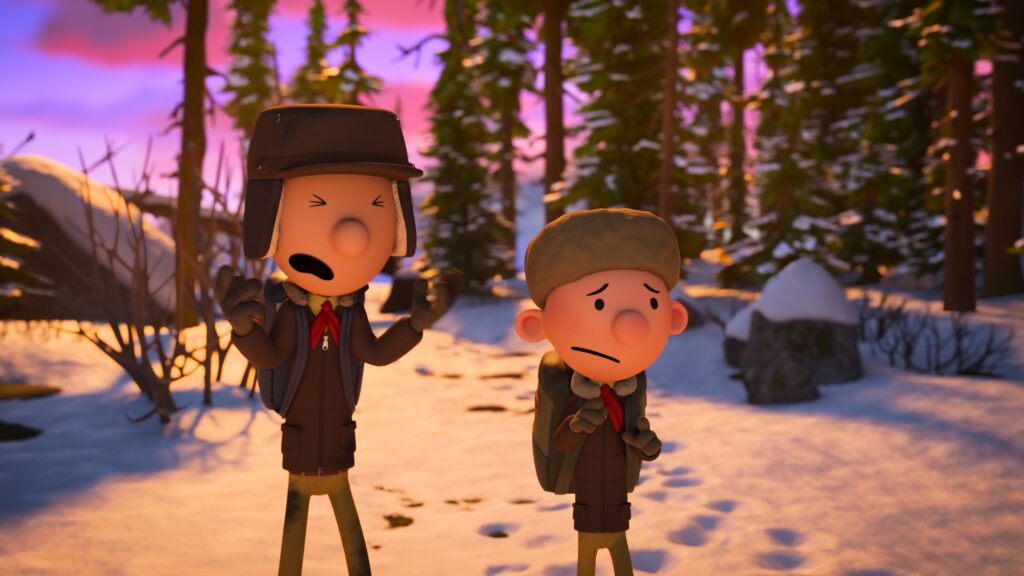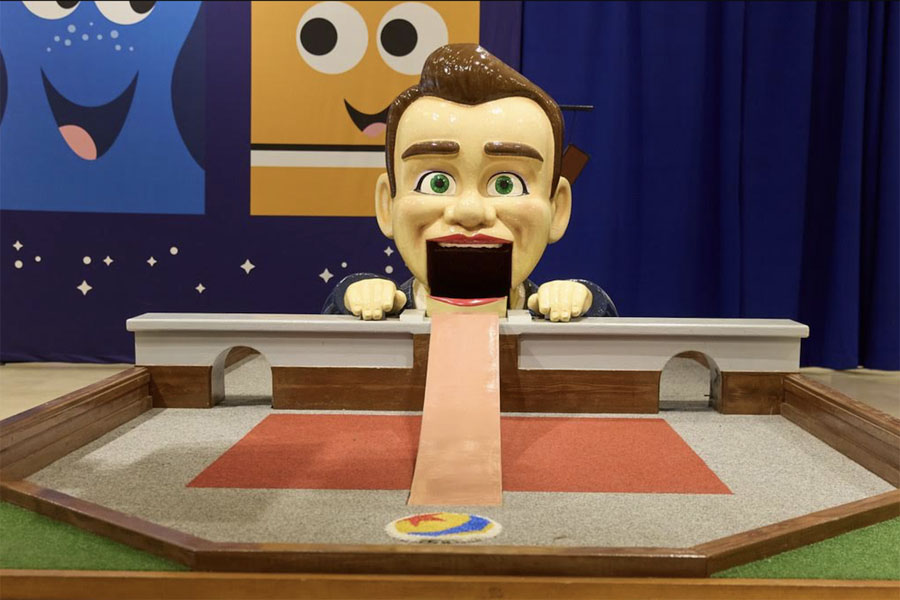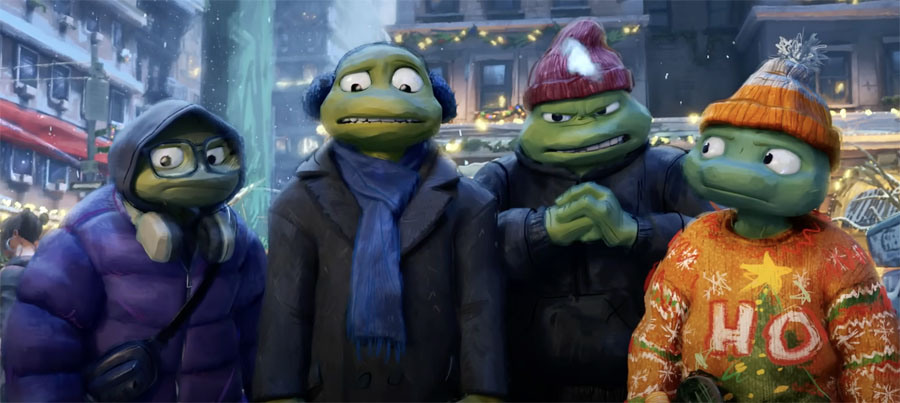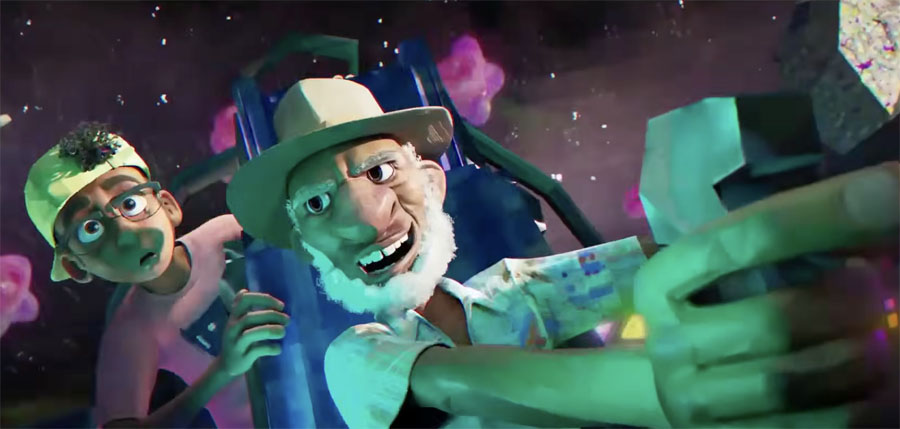Throughout the years, The Muppets universe has given birth to numerous offspring. One of the most imaginative and popular was Jim Henson’s Muppet Babies, which aired from 1984-’91. Well, the kids are back! The new “Muppet Babies” animated series debuts on Disney Channel on March 23rd. Veteran animator/producer Tom Warburton (Codename: Kids Next Door) is the reboot’s executive producer.
Jackson Murphy: The original “Muppet Babies” was a little before my time, but in watching some of the old clips online and then this first episode of the new series, I noticed that the theme song is almost exactly the same. Was that an immediate decision – and an easy decision – going in to keep the original theme song?
Tom Warburton: The lyrics are a little different to make up for some of the new characters we have going on, but it is absolutely an homage to the original – a very close homage. That song is iconic. You don’t want to mess with it. We just gave it a little update; tried to keep it as true as possible to the original because… all of us on the show are huge “Muppet Babies” fans, and we wanted to do it right. So we tried to keep it as real as possible.

JM: What do you remember most about watching some of the early “Muppet Babies” episodes for the first time – back when the show first ran from 1984-1991?
TW: I think, at the time, it was kind of fascinating how they used – it was before sampling and using movie clips for stuff. You never knew where the show was going to take you next, whether they were gonna spoof the Teenage Mutant Ninja Turtles or an old comic strip, like the Foreign Legion comic strip Crock. You never knew where they were gonna go next, and that was what was so fascinating about it. Imagination just sprung from everything.
JM: In watching the first episode, the humor is there. I laughed – especially during “Sir Kermit the Brave” when Animal takes a bat and he just whams the Indiana Jones boulder that comes at him. Are we gonna be seeing a lot of movie references and inside Muppet references throughout this first season?
TW: Definitely a lot of Muppet references because we wanna have all these little easter eggs for the fans. But it’s not as easy to do movie clips as it was back then. It was kind of a lot of handshake deals, like “Sure, you can use Indiana Jones!” Now, there’s a lot more legal wrangling you have to do. We’re using movie clips, but we’re also doing all sorts of multimedia stuff, where the kids go into these different worlds.
For instance, in “Animal Fly Airplane”, the kids are making collages of their favorite places. And when Miss Nanny says, “My favorite place is Paris”, the kids decide they wanna go their and imagine an airplane. And that whole world is done with torn paper and collage. So we try to do that… where the things the kids are doing feeds into what the imagination is. We use GoPro footage sometimes for when the kids are going down a ski hill or something. We’re always trying to find creative ways, so we’re not just using the movie clips. Movie clips are also a little trickier for a preschool audience – when you suddenly cut to a movie clip, they might be a little more baffled, so we try to do it in ways that our audience will understand.
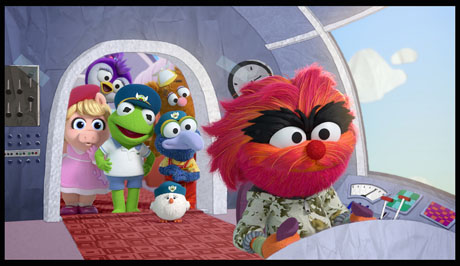
JM: In the first set of episodes, you have characters like Dot the Dragon and a lot of the scenery is different than the traditional CGI that we see with the Muppet Babies themselves. Talk about the different styles of animation you have here.
TW: Well, because it’s a multimedia thing, we do a lot of CG on top of 2D backgrounds. Sometimes they’re drawn backgrounds. Sometimes it’s folded paper, sort of paper mache stuff. It keeps the design team and our animation studio on their toes because every episode is kind of different – the way we’re approaching stuff. And for me, that’s what I love about animation – in that you can do anything. You can do these crazy things and put the kids into different worlds all the time, and I think that keeps the show fresh.
JM: Well, the “Animal Fly Airplane” episode is wilder than a Liam Neeson action movie. Trust me. You have a new character – Summer Penguin.
TW: We wanted to bring another girl into the playroom – someone who the Muppets might not be familiar with because the show, at its heart, is about friendship. And with friendship, you want to see how the characters react to a new person coming from the South – the very deep South: Antarctica. They need to learn what she’s about and who she is. It gives us all new stories for these characters to do with this character.
JM: And there seems to be an honesty to her – and there’s always been an honesty with the Muppets.
TW: The Muppets are a very honest group of characters…especially Kermit, who’s sort of a conscience for everyone. And Summer kinda has that same conscience to her. She’s the one who says, “Hey guys, maybe we should think about this a little more seriously.” Where is Animal is the type who just completely impulsively just run and do something. And Summer will jump in too. But at the same time, if Gonzo says, “Hey, let’s fire ourselves out of a cannon”, Summer’s the first one to go, “Yep! Let’s do it!”

JM: There’s been a lot in the news lately about the Muppet characters and the Jim Henson Company. Disney is going to reboot the regular Muppets again on their digital platform. Tell me about how you approached studying these iconic characters to get them just right.
TW: All of us working on the show are huge Muppet fans in the first place. A lot of us grew up on “The Muppet Show” and the “Muppet Babies”. So we studied the characters. Because we were doing characters, we actually got a hold of the real Muppets and took pictures of the textures and how their eyes worked. And we had actual Muppeteers come in and show us how the puppets work. And in some cases, like with our director Matt Danner, would give his director’s brief to the animation studio with a Kermit puppet and kind of show them what facial expressions he wanted.
We’re coming at this show from a point of love. We love these characters. We want to do right by them. We work very closely with Debbie McClellan, who is head of the Muppets Studio, and we run things by her. And she’ll often say, “You know what? Kermit wouldn’t do that.” Or Piggy – Piggy is a tough character to write for because everyone wants to write her, initially, as sort of mean. But she’s not. She’s more just insecure, and sometimes that comes out a little gruff from her, so we try to write her from that point of view, rather than just jumping right to, like, “Oh, Piggy’s being a jerk.”
JM: That must’ve been a dream come true having the Muppeteers come in and seeing the Muppets themselves and study them.
TW: It’s fascinating. Debbie gave us a Muppet 101 course, and up on the table where a bunch of the Muppets just sitting there with their heads lolling to the side. And when a Muppeteer picked them up, they would just come alive. It was just this magic. And then they let us try it, and I’m keeping my day job as an animator, and I’m not going to be a Muppeteer because they make it look so easy – but when you get up there and you have to move…it actually hurts your hand moving them. It’s not easy, but they make it look like it’s second nature.
JM: And it’s gotta be a lot of pressure, too, because you’ve literally got them right in your hands.
TW: Yeah. And they actually shot us doing it. And you’re holding it over your head, and I kept getting my head in the picture. You’re looking at a screen down below, so the direction is opposite, so I was supposed to go off to the right and I go off to the left. (laughs) Maybe I’ll get better with practice, but if that was my audition, I failed.

JM: The adult caretaker is Miss Nanny. What made Jenny Slate the perfect person to voice this character?
TW: She’s a veteran voice actress, and she’s just got this… she’s a comedian, she’s quick on her toes… and she’s got this little quirk to her voice, this little squeak, that you can’t cheat. It has to be natural. If you tried to do it, it would sound awkward. But you can never write or direct someone to do that kind of stuff. She just naturally has this fun little quirk to her voice that… whenever she’s on screen… she does it differently than anyone else who would do it. So that’s what I love about her. You never know what you’re gonna get, but it’s always great.
JM: And during “Sir Kermit the Brave” there’s a song. There’s something about listening to and watching a Muppet song that gets you emotional – either laughing or tearing up. Was it an emotional experience for you and your team to craft and listen to some of these songs?
TW: That’s a song that our composer Andy Bean got. Disney does blind tests with musicians to bring them. And we tried all these different composers who wrote a song about being scared of the dark, and Andy’s was just…I got totally misty. I’ve heard that song 10,000 times now, and I still get misty whenever I hear it, because it’s so sweet.
I don’t know what Muppet gene he got, but he was a perfect guy for this show. So many of his songs – he pumps them out super quick, and every one of them is this little earworm that just burrows into your head. They’re filled with emotion. They’re funny. The lyrics are brilliant. Originally, when we were writing the episodes… me and the writers would sometimes write the lyrics for the songs. And Disney Junior said, “Well, we’d like to have our composers do the lyrics.” And I was a little offended. I was like, “I’ve written tons of songs for shows. I’m good at this!” And then Andy came in, and I was like, “Oh, no no no. Andy should do this. He’s got this covered.” He’s brilliant, along with the guy who does the score for the show, Keith Horn. Between the two of them, we’re set for music. It’s awesome.
JM: Your target audience is 4-7 year olds, but you probably wouldn’t be mad if those who grew-up with the original “Muppet Babies” tuned in as well.
TW: We wanted to make a show that parents wanted to watch with their kids. A lot of preschool shows – some parents say “I’m gonna put you in front of this while I quickly run and throw a load of laundry in.” But we want them to say, “I’ll do laundry later. I wanna watch this with my kids.” That’s the whole point. That’s the dream – that everyone wants to watch your show, not just one little bit of the audience.
